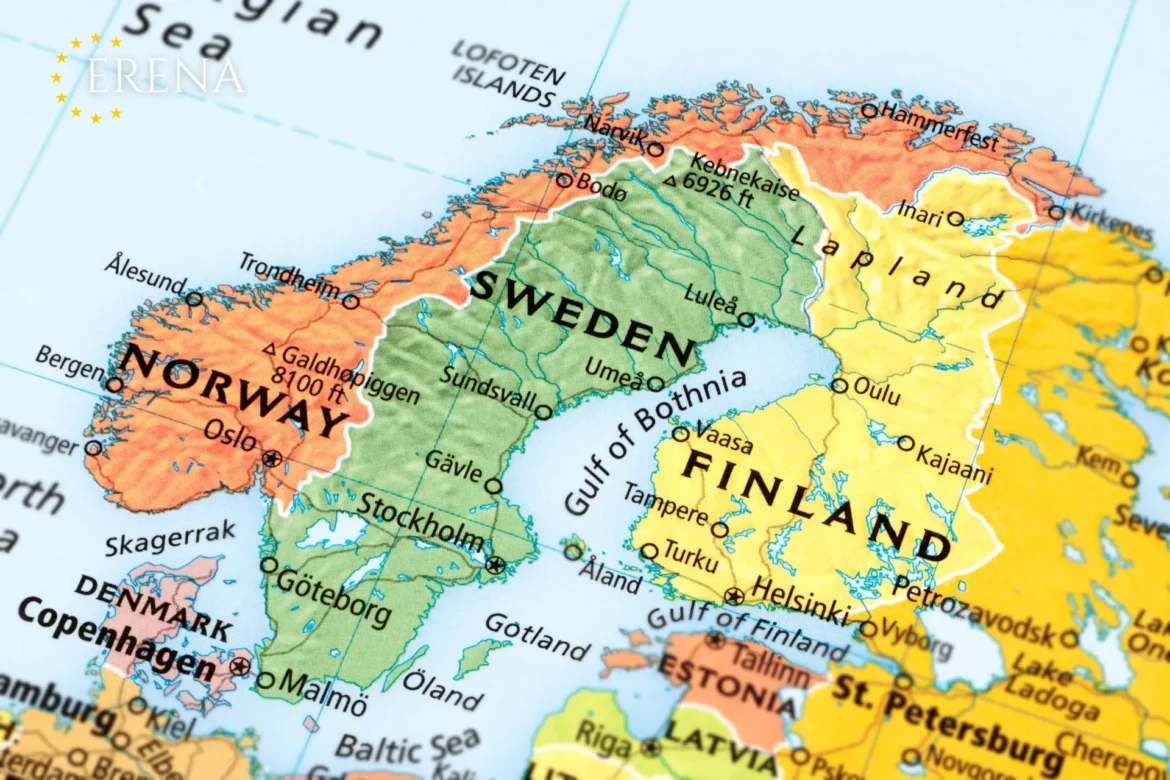Scandinavian countries – Sweden, Denmark, Norway, and Finland – are known for their high standard of living, stable economies, and well-developed real estate markets. In recent years, the region has demonstrated stability and steady growth even amid global economic disruptions. This article examines the key trends in the Scandinavian real estate market, its main characteristics, challenges, and future prospects.
1. Economic Stability as a Foundation for Growth
The real estate market in Scandinavia is highly resilient due to the region’s economic stability. Key factors supporting the market include:
• High GDP per capita, making property ownership accessible to a broad segment of the population;
• Low unemployment rates – averaging 3.5–5%, which supports steady housing demand;
• Strict government regulations – preventing financial crises, controlling the mortgage market, and implementing protective measures for buyers;
• Digitalization of the real estate sector, ensuring transparency in transactions and easy access to market information.
According to analytical data, the average price growth for housing in the region in 2025 reached 4.2%, confirming the market’s reliability and predictability even in the face of global economic fluctuations.
2. Residential Sector: Demand and Prospects
2.1 Increasing Housing Demand in Major Cities
Major cities such as Stockholm, Oslo, Copenhagen, and Helsinki continue to attract new residents. The growing demand for housing is driven by:
• Migration and urbanization – population growth increases the need for new housing;
• Environmental standards – rising interest in “green” homes and energy-efficient projects;
• Development of the rental market – more than 40% of the urban population prefers renting over homeownership.
Average housing prices per square meter in 2025:
Average Price per 1 m² (€) Change from 2024 (%) :
Stockholm 8,500 +3.8%
Oslo 9,200 +4.5%
Copenhagen 7,800 +3.2%
Helsinki 6,900 +3.0%
2.2 Impact of Interest Rates
The European Central Bank’s interest rate hikes in 2024–2025 led to a decline in mortgage lending volumes. However, government support programs help offset the effects of higher rates by offering preferential loans for young families and first-time homebuyers.
3. Commercial Real Estate: Development and Investment
3.1 Office and Retail Real Estate Sector
Scandinavia remains an attractive region for commercial real estate investors. Key trends include:
• Growing demand for office spaces – demand for offices increased by 5% in 2025;
• Popularity of coworking spaces – flexible workspaces are becoming essential for startups and multinational corporations;
• Development of shopping centers and logistics facilities – due to the expansion of e-commerce and online retailing.
3.2 Investment Flows in Commercial Real Estate
In 2025, total investments in Scandinavian commercial real estate exceeded €30 billion. The distribution of investments:
• 30% – office spaces;
• 40% – retail and warehouse real estate;
• 30% – hospitality and residential sectors.
4. Challenges and Potential Risks
Despite its high stability, the Scandinavian real estate market faces certain challenges:
4.1 Rising Construction Costs
In 2024–2025, average construction costs increased by 10–15%, attributed to:
• Rising prices of construction materials;
• Labor shortages;
• Increasing requirements for energy efficiency in buildings.
4.2 Stricter Environmental Standards
Scandinavian countries are actively promoting eco-friendly technologies and energy efficiency norms, which raise construction and maintenance costs. However, in the long term, “green” projects ensure higher profitability.
5. Investment Prospects
Considering current trends, the most promising investment areas include:
• Suburban residential projects – high living standards in suburban areas make them attractive for buyers;
• Coworking and office spaces – flexible office solutions continue to expand;
• Eco-friendly real estate – energy-efficient homes and commercial properties are becoming the most promising sector.
The Scandinavian real estate market remains one of the most stable and attractive in Europe. Transparent transactions, economic resilience, and a high standard of living contribute to its continued growth. Despite challenges such as rising construction costs and stricter environmental regulations, the outlook for the coming years remains positive. Investments in this region continue to yield stable returns and offer long-term growth potential.

